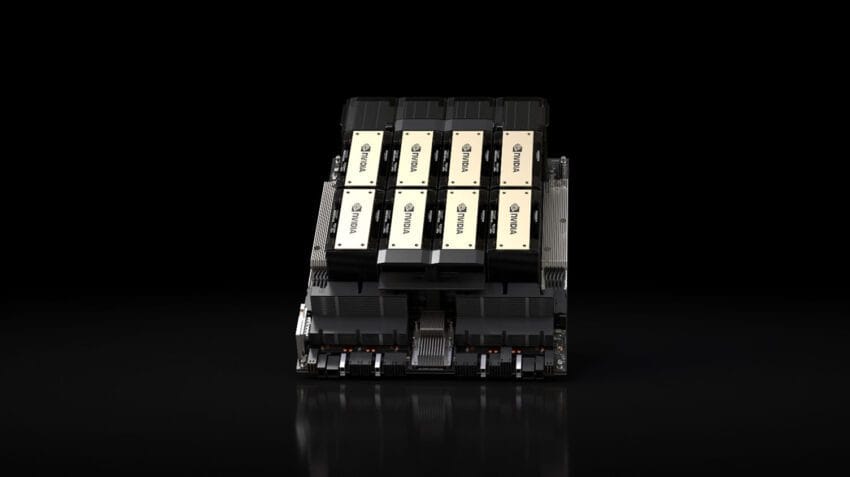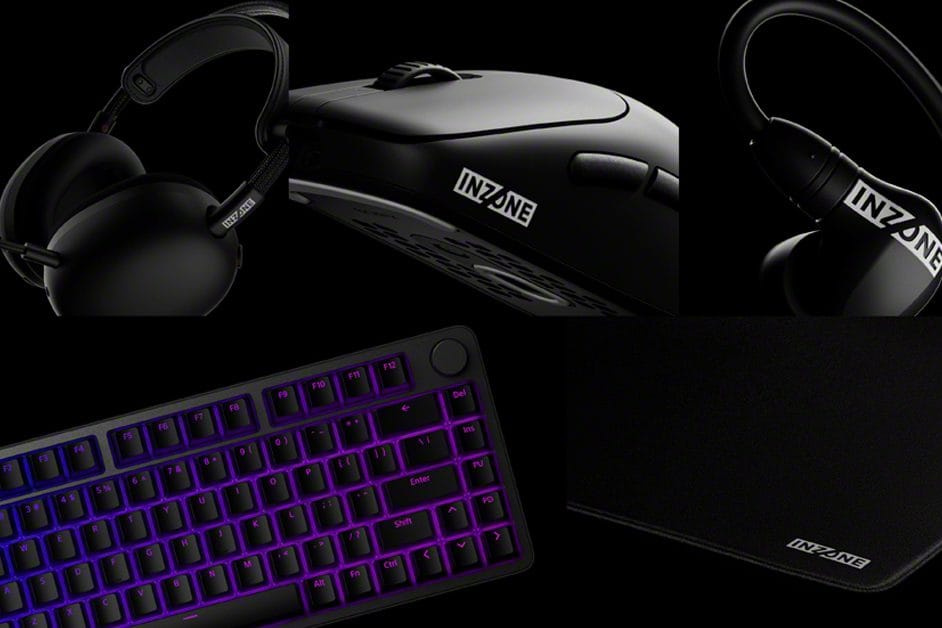
nvidia could be readying b30a accelerator for Nvidia is reportedly preparing to launch two new Blackwell accelerators specifically designed for the Chinese market, which are expected to outperform existing models while adhering to U.S. export regulations.
nvidia could be readying b30a accelerator for
Overview of Nvidia’s Blackwell Accelerators
Nvidia, a leading player in the graphics processing unit (GPU) market, is known for its innovative technology and commitment to advancing artificial intelligence (AI) capabilities. The company is now focusing on the Chinese market with the development of two new Blackwell accelerators: the B30A and the RTX 6000D. These accelerators are tailored for distinct applications within the AI ecosystem, with the B30A aimed at AI training and the RTX 6000D designed for inference tasks.
The Blackwell architecture represents a significant advancement in Nvidia’s technology, promising enhanced performance metrics that could redefine the competitive landscape in the AI hardware sector. The B30A is expected to outperform Nvidia’s existing HGX H20 and L20 PCIe models, which are already recognized for their high performance in AI workloads.
Performance Expectations
Initial reports suggest that the B30A will not only match but exceed the capabilities of the HGX H20 and L20 PCIe accelerators. This is noteworthy given that the HGX H20 has been a staple in AI training environments, offering robust performance for various machine learning tasks. The B30A’s anticipated performance improvements could be attributed to several factors:
- Advanced Architecture: The Blackwell architecture is designed to optimize processing efficiency and speed, which are critical for AI training workloads that require substantial computational power.
- Increased Core Count: It is expected that the B30A will feature a higher number of cores compared to its predecessors, allowing for parallel processing of multiple tasks, which is essential in AI training scenarios.
- Enhanced Memory Bandwidth: Improvements in memory bandwidth could facilitate faster data transfer rates, further enhancing the overall performance of the accelerator.
While specific performance metrics for the B30A have not yet been disclosed, the expectations set by industry analysts suggest that it will be a formidable competitor in the AI training market.
Compliance with U.S. Export Controls
One of the most significant challenges for companies like Nvidia operating in the global market is navigating the complex landscape of export controls, particularly those imposed by the U.S. government. In recent years, the U.S. has implemented stringent regulations aimed at restricting the export of advanced technology to certain countries, including China. These regulations are primarily driven by national security concerns and the desire to maintain a technological edge over potential adversaries.
The development of the B30A and RTX 6000D accelerators appears to be a strategic move by Nvidia to comply with these export controls while still catering to the growing demand for AI technology in China. By designing products that meet the regulatory standards, Nvidia aims to maintain its presence in the Chinese market without running afoul of U.S. laws.
Implications for the AI Market
The introduction of the B30A and RTX 6000D could have several implications for the AI market, particularly in China:
- Increased Competition: With the B30A outperforming existing models, Nvidia may intensify competition among AI hardware providers in China, pushing other companies to innovate and enhance their offerings.
- Market Expansion: The availability of high-performance accelerators tailored for the Chinese market could lead to increased adoption of AI technologies across various sectors, including healthcare, finance, and manufacturing.
- Strategic Partnerships: Nvidia’s move may encourage collaborations with Chinese tech firms, fostering an ecosystem that supports AI development and deployment in the region.
Stakeholder Reactions
The announcement of Nvidia’s new accelerators has elicited a range of reactions from stakeholders across the tech industry. Analysts and investors are particularly keen on understanding how these products will impact Nvidia’s market share and revenue growth in the coming years.
Industry analysts have expressed optimism about Nvidia’s ability to navigate the regulatory landscape while continuing to innovate. “Nvidia’s strategic focus on the Chinese market is a testament to its commitment to maintaining a leadership position in AI technology,” said one analyst. “The B30A and RTX 6000D could redefine performance benchmarks and set new standards for AI accelerators.”
Investors are also closely monitoring Nvidia’s moves, as the company’s performance in the Chinese market could significantly influence its stock value. The potential for increased sales and market penetration is viewed as a positive indicator for Nvidia’s long-term growth prospects.
Challenges Ahead
Despite the promising outlook for the B30A and RTX 6000D, Nvidia faces several challenges as it prepares to launch these products in the Chinese market:
- Regulatory Scrutiny: The U.S. government’s export controls are subject to change, and any new regulations could impact Nvidia’s ability to sell its products in China.
- Competition from Local Firms: Chinese tech companies are rapidly advancing in AI technology, and Nvidia will need to stay ahead of local competitors who may offer similar or even superior products.
- Market Dynamics: The Chinese market is characterized by its unique dynamics, including varying customer preferences and regulatory requirements, which Nvidia must navigate effectively.
Conclusion
Nvidia’s development of the B30A and RTX 6000D accelerators represents a strategic initiative to enhance its foothold in the Chinese market while adhering to U.S. export controls. With expectations of superior performance compared to existing models, these new products could reshape the competitive landscape in AI hardware. However, Nvidia must remain vigilant in addressing the challenges posed by regulatory scrutiny and local competition to fully capitalize on the opportunities presented by the growing demand for AI technology in China.
Source: Original report
Was this helpful?
Last Modified: September 6, 2025 at 5:55 am
3 views















